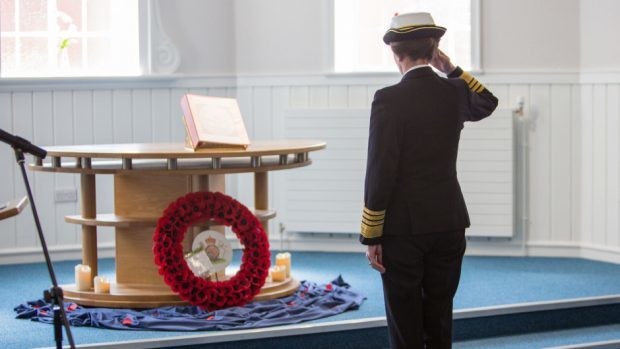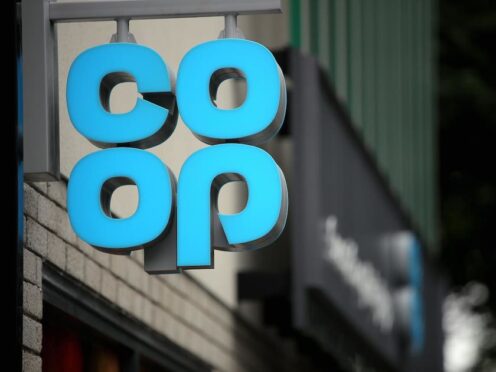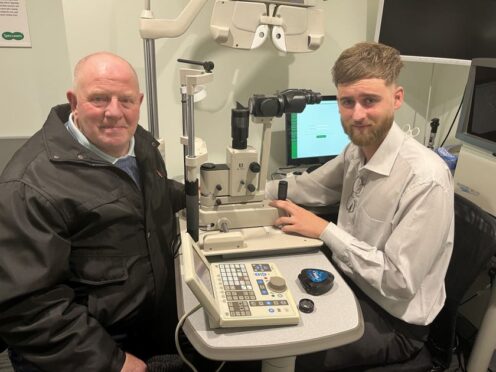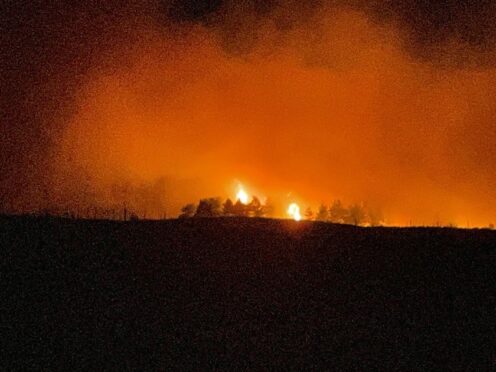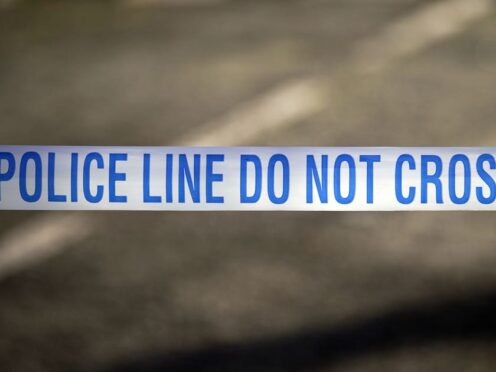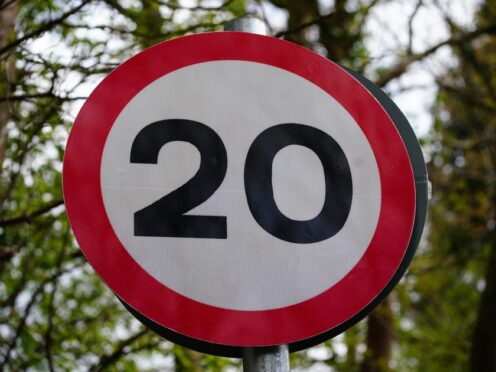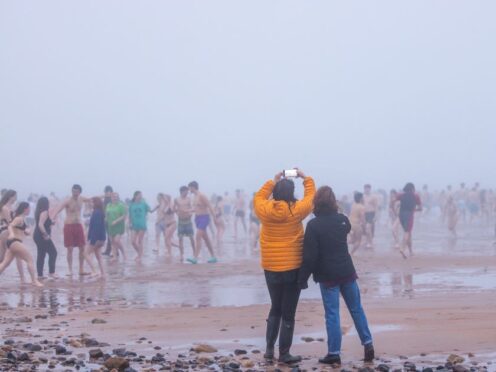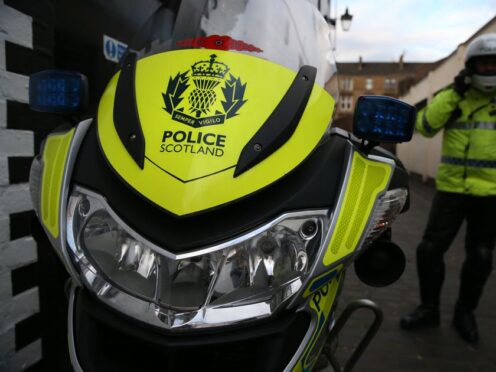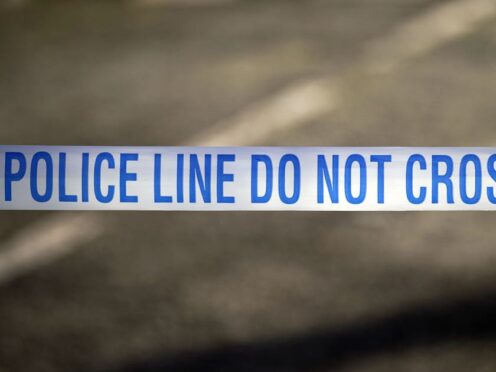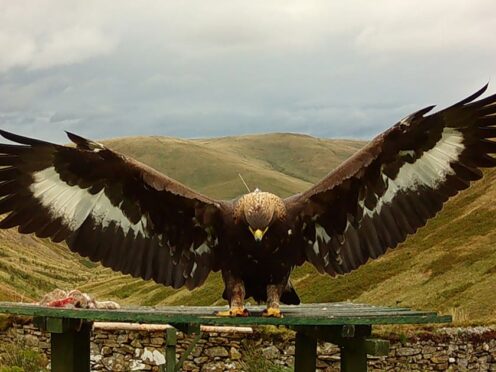A wrecked British ship which fought in the Battle of Jutland has been brought “back to life” with digital technology to mark the centenary of its sinking.
HMS Falmouth fought in the famous First World War naval clash which took place from May 31 to June 1 1916 withthe British fleet leaving from Orkney – but sank in Bridlington Bay, East Yorkshire, just a few weeks later on August 20 after being torpedoed by U-boats.
A century on, government heritage agency Historic England has used 3D technology and a new seabed survey of the wreck to recreate the ship in its final resting place and bring heritage lost beneath the waves back to life.
The new seabed survey of the site, the only substantial wreck of a Royal Navy warship which fought in the Battle of Jutland now lying in English waters, was carried out in partnership with the Maritime and Coastguard Agency.
Results from the survey have been combined with a digital 3D image of a builder’s model of HMS Falmouth, held by the Imperial War Museum at Chatham Historic Dockyard, to produce the 3D image of the ship underwater.
Historic England has also commissioned new research into the history and significance of the ship, which has uncovered personal recollections and photographs and collected together official documents which had been split between archives.
HMS Falmouth fought at Jutland, a clash which saw the loss of 6,094 British seamen and 2,551 Germans, as part of Vice Admiral David Beatty’s battle cruiser fleet, engaging several German light cruisers and torpedoing the battle cruiser Lutzow.
The battle was a pivotal moment in the war, as the Germans failed to break the blockade of the North Sea by the British.
HMS Falmouth sank a few weeks later after being struck in two separate torpedo attack by German U-boats, with 12 crew members losing their lives.
Wayne Cocroft, senior investigator at Historic England, said: “Aside from war memorials to those lost at sea, the traces of maritime battles are invisible to all but a few.
“Modern technology is now being used to make our underwater heritage accessible to all.
“Digital 3D modelling and computer visualisation can recreate the appearance of lost vessels aiding our understanding and remembrance of this largely forgotten conflict.”
